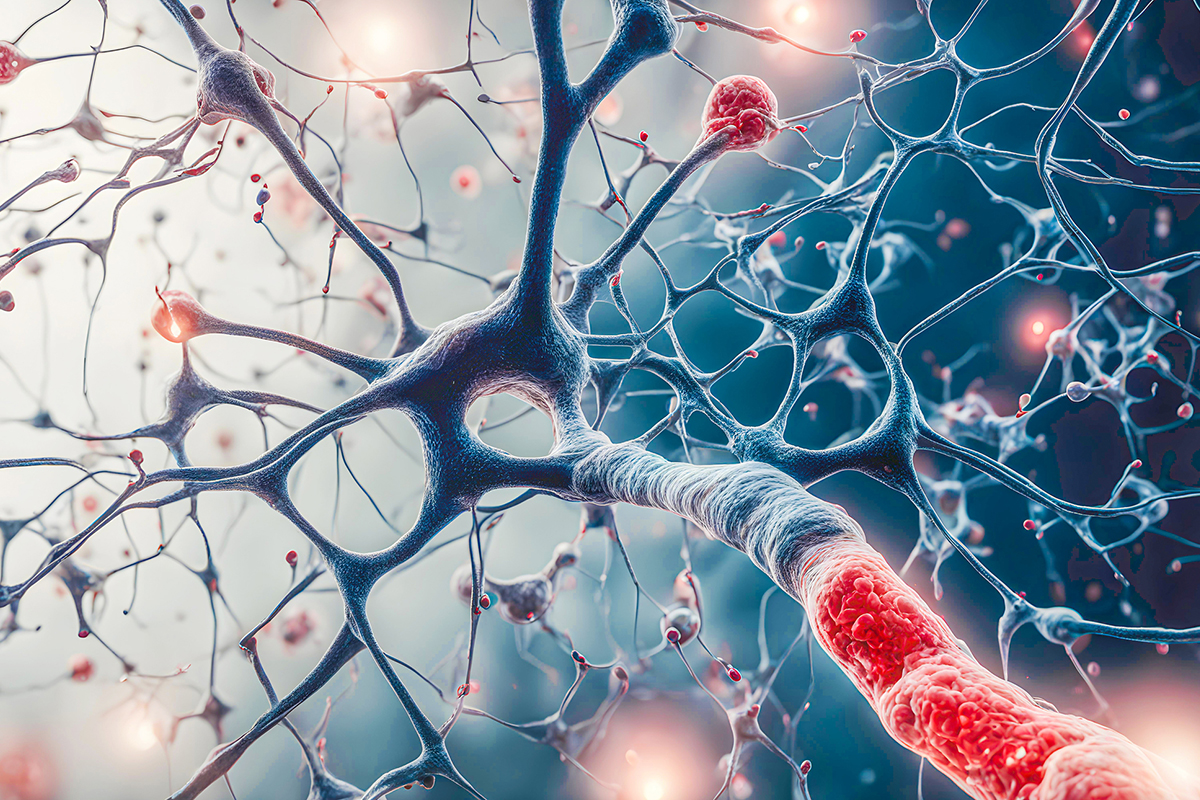The most common and toxic heavy metals that can poison our systems and lead to fatigue and illness are iron, lead, cadmium and mercury. Iron is by far the most common of the heavy metals that predisposes individuals to heart disease. It promotes free radical activity and thereby leads to accelerated arterial damage. Lead and cadmium are common industrial pollutants that also foster free radical activity and poison critical enzymes that repair tissue. Mercury is found in some kinds of seafood and in dental fillings. Its toxicity can depress the immune system and cause an array of symptoms. Even too much iron, such as occurs in the hereditary disease hemochromatosis, can hasten degenerative disease and damage the heart, hastening free radical damage.
One of the most reliable approaches to determining heavy metal toxicity is to test a person with a chelator—a substance that tends to pull metals and minerals out of the body. You simply give the person two urine tests—one before chelation and one after chelation. If, between the two tests, metals in the urine increase dramatically, toxicity is almost certain. Chelation tests can detect lead toxicity in people who have stored high levels of lead in their bone, even though blood levels may be “safe.”
Getting the iron, lead, cadmium and mercury out can be accomplished with chelation therapy, which both prevents and can reverse heart disease, atherosclerosis and the other problems mentioned above.
How does chelation therapy work? For most of these metals, an intravenous solution of vitamins, minerals and the chelator EDTA is prepared. EDTA is a substance known for its ability to pull heavy metals out of the body. This is infused into the bloodstream through a vein. EDTA leaves the body in the same form by which it entered, but on its way out, it chelates metals and minerals from the body. Patients usually undergo between 10 and 20 chelation treatments over a period of weeks or months. Each treatment lasts several hours, during which patients can read or watch a movie.
I’ve seen patients with mysterious, low-level, chronic fatigue feel absolutely rejuvenated after a series of chelation treatments. The spring is back in their walk, the energy back in their lives. Circulation is improved, and the body no longer has to work overtime to carry its load of toxic metals.
Chelation therapy must be performed by an experienced practitioner. Because EDTA is excreted by the kidneys, the possibility of kidney damage is a concern and must be closely monitored. Minerals and nutrients also may bind with EDTA, so their levels must be carefully checked and controlled through supplementation. Chelation must be done slowly over a period of three to four hours. Too much fluid at too rapid a rate might cause an increase in blood volume and a fluid overload, which could be problematic, particularly in patients with serious heart disease. Oddly enough, the magnesium in the chelation bottle might cause the opposite—a drop in blood pressure. That’s why all patients must be closely supervised.
To safeguard against possible problems, blood and urine tests are taken before chelation to check kidney function. Cardiac function is evaluated through a stress test and a noninvasive heart test called an echocardiogram. After every few chelations, blood work is repeated. The patient is advised to eat a good meal before the treatment, and blood pressure is monitored before and after each infusion. To flush the kidneys, at least 16 ounces of water must be drunk during the treatment.
If high levels of mercury have been detected in the body’s cells, two other chelating agents called DMSA (also known as succimer) and DMPS can help pull the mercury out. If mercury levels are high, either DMSA or DMPS can be used as chelators. Another chelator, which sometimes causes allergic side effects, is known as D-penicillamine (or Depen). In addition, the following nutrients are known to chelate mercury in the body: the amino acid L-cysteine, the antioxidant glutathione, the mineral selenium and vitamin C. Garlic is rich in the sulfhydryl groups that help chelate mercury. Selenium, in particular, competes with mercury for binding sites in the cell. The other nutrients grab on to mercury and help the cells release it.
Beyond its effects on heavy metals, chelation with EDTA also helps to remove inappropriate accumulations of calcium from tissue. Calcium gravitates to atherosclerotic plaque in blood vessels, leading to arterial narrowing and blockage. Chelation gently and gradually mobilizes calcium from plaque, restoring elasticity and flow to blood vessels.
While controversial (chelation for cardiovascular disease reversal has few adherents among orthodox cardiologists), several thousand physicians practice chelation throughout North America and the world. Many belong to a professional organization known as the American College for Advancement in Medicine (ACAM). They can be reached for additional information through any of the following methods:
Postal:
American College for Advancement in Medicine
23121 Verdugo Dr., Suite 204
Laguna Hills, CA 92653
Telephone:
1-800-LEAD OUT (1-800-532-3688)
World Wide Web:
www.acam.org/
For Further Reading:
Hoffman, Ronald L, 1993, Tired All The Time: How To Regain Your Lost Energy,
New York: Pocket Books.
Chappell, Terry, 1995, Questions From the Heart,
Charlottesville: Hampton Roads Publishing.
Brecher, Arline and Brecher, Harold, 1992, Forty Something Forever: A Consumer’s Guide to Chelation Therapy, Herndon, VA: Healthsavers Press.
Cranton, Elmer, 1995, Bypassing Bypass: The New Technique of Chelation
Therapy, Charlottesville: Hampton Roads Publishing.
Copyright 1997, Ronald L. Hoffman






